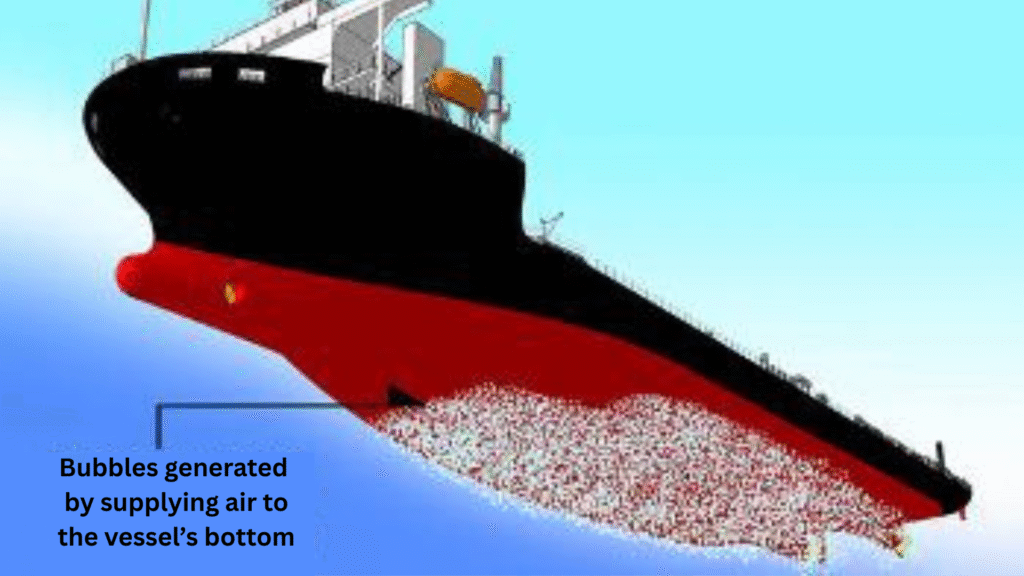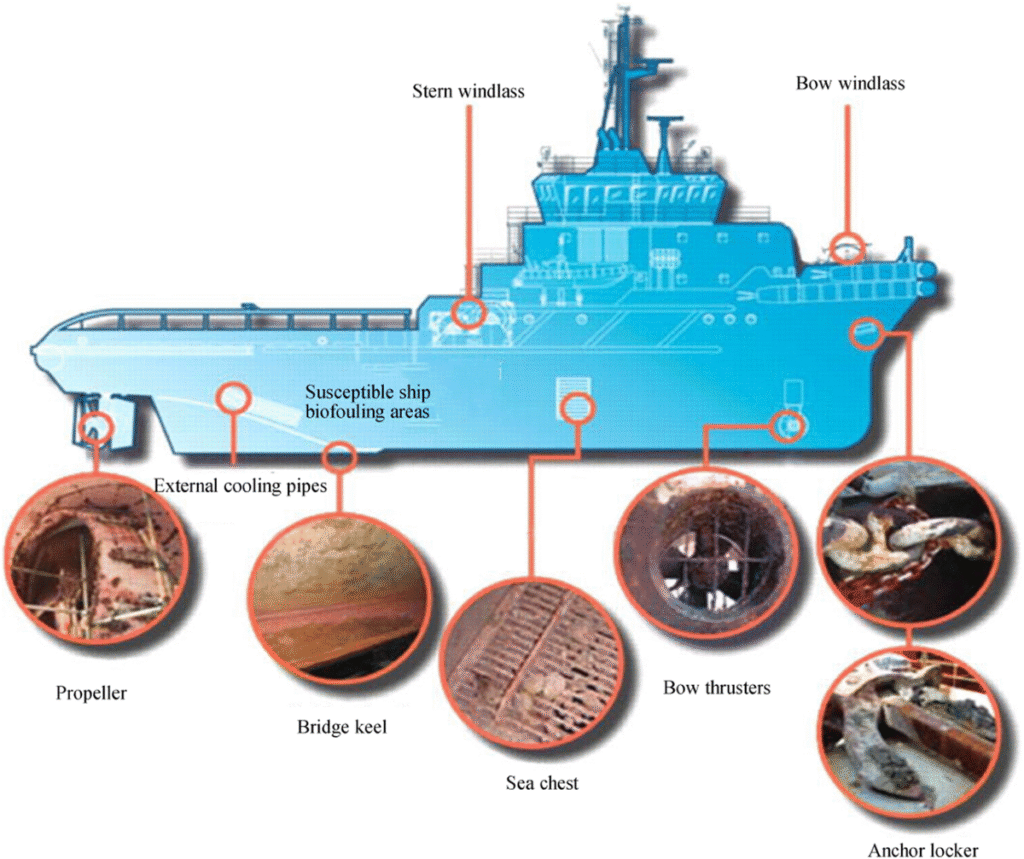Imagine trying to clean the exterior of a skyscraper by hand while dangling on a rope—it’s dangerous, slow, and far from efficient. Traditional ship hull cleaning is much the same: divers scrubbing surfaces underwater, often battling currents, low visibility, and hazardous conditions. But shipping has entered a new era, powered by smarter technology. Enter remotely operated vehicles (ROVs)—the game-changing solution making hull cleaning safer, faster, and far more effective.
In this article, we’ll dive deep into how remotely operated vehicles are revolutionizing hull cleaning, why it matters for ship owners and operators, and what the future looks like for this technology.
Why Hull Cleaning is More Than Just Maintenance
Hull cleaning isn’t just about keeping ships presentable—it’s about performance. Every barnacle, patch of algae, or cluster of mussels clings to the hull like unwanted hitchhikers. This process, known as biofouling, adds drag, which is much like running with weights strapped to your ankles.
The result? Ships burn more fuel, travel more slowly, and risk higher emissions. Studies by the International Maritime Organization (IMO) suggest that heavy biofouling can increase fuel consumption by up to 40%. That’s not just costly—it directly impacts compliance with emissions targets and environmental regulations such as MARPOL.
Think of hull cleaning as preventive medicine for ships. Just as routine exercise keeps your heart healthy, regular cleaning keeps vessels operating at peak efficiency.
Traditional Hull Cleaning Challenges
Hull cleaning has long relied on divers equipped with brushes, scrapers, or high-pressure sprays. While effective, the practice introduces serious challenges:
- Safety risks: Divers are exposed to entanglement, decompression issues, and underwater hazards.
- Inconsistent results: Human cleaning lacks uniformity—missed patches and uneven scraping are common.
- Environmental damage: Improper cleaning can release invasive species into local ecosystems, violating guidelines set by IAPH and IMO.
- Downtime costs: Vessels may need to halt or slow operations, cutting into profitability.
This is exactly where remotely operated vehicles step into the spotlight.

What Are Remotely Operated Vehicles?
At its core, a remotely operated vehicle is an unmanned, tethered underwater robot controlled by operators on deck. Originally designed for deep-sea exploration and oil rig maintenance, these machines are now being adapted to shipping for hull cleaning.
ROVs are designed to move with precision across metallic hulls, equipped with the right tools to scrub, blast, and record underwater conditions. Think of them as underwater drones—compact, agile, and task-specific.
How Remotely Operated Vehicles Work in Hull Cleaning
Remotely operated vehicles are like trusted underwater assistants. Here’s how they get the job done:
- Deployment: The ROV is lowered into the water using a tether cable that supplies power and control signals.
- Navigation: With thrusters and cameras, it maneuvers across the hull’s surface—even in murky conditions.
- Cleaning tools: High-pressure water jets or scrubbing brushes remove biofouling.
- Inspection capabilities: Cameras capture real-time visuals, and sensors assess hull coatings or corrosion levels.
- Data collection: After cleaning, crews receive detailed condition reports for proactive maintenance.
This combination of cleaning and inspection transforms hull maintenance into an intelligent process—not just a mechanical one.
At Marine Super Cargo, we provide trusted marine cleaning solutions across 1,100+ ports worldwide. From hold cleaning to underwater hull cleaning and tank cleaning, our services are designed to keep your fleet fully compliant, efficient, and cargo-ready. pic.twitter.com/N5VYZZjlQH
— Marine Super Cargo (@Marinsupercargo) September 11, 2025
Key Benefits of Remotely Operated Vehicles
1. Enhanced Safety
The biggest win is safety. By eliminating the need for divers in hazardous waters, remotely operated vehicles protect lives without sacrificing efficiency.
2. Compliance with Regulations
Biofouling is a prime vector of invasive species. With remotely operated vehicles that collect and contain biological matter, operators better align with IMO biofouling management guidelines and MARPOL protocols.
3. Reduced Operational Costs
Cleaner hulls mean less drag, up to 10–15% fuel savings, and lower emissions. Over a year, this translates to millions saved across large fleets.
4. Faster Turnarounds
ROVs can be deployed while ships are docked for loading or unloading, so cleaning and operations overlap—cutting downtime dramatically.
5. Smarter Maintenance Planning
Inspection sensors and video recordings allow ship managers to make data-informed decisions instead of relying on guesswork or periodic manual surveys.
Industry Applications
Remotely operated vehicles are being adopted across multiple shipping segments:
- Commercial shipping: Container ships and bulk carriers benefit from routine ROV cleaning between long voyages.
- Tankers: Cleaner hulls reduce drag, a critical factor in vessels carrying heavy crude across oceans.
- Naval vessels: The military demands stealth and efficiency; ROVs ensure consistent performance without compromising crew safety.
- Offshore platforms: Beyond ships, ROVs also maintain subsea infrastructure like oil rigs and FPSOs. Learn more
Environmental Benefits
The environmental case for remotely operated vehicles is powerful. Unlike divers who may scrape hulls freehand and let biofouling drift away, ROVs can use vacuum systems or collection protocols to trap debris. That aligns with global sustainability commitments and strengthens compliance with marine conservation policies set by the IMO and IAPH.
By minimizing invasive species spread, ROVs become allies in protecting fragile marine ecosystems. They’re not just a tool for efficiency—they’re a solution for responsible shipping.
Limitations and Challenges
Like all technologies, remotely operated vehicles have hurdles:
- High initial investment: Smaller operators may find upfront costs steep.
- Technical expertise: Crews require proper training to operate, maintain, and troubleshoot ROV systems.
- Hull design constraints: Complex hull geometries or coatings may challenge certain ROV models.
- Dependency on tethering: Since ROVs are tethered, cable management and potential entanglement must be addressed.
Even with these challenges, industry adoption is growing, thanks to increasing support from organizations like IMCA and progressive R&D.

The Future of Remotely Operated Vehicles in Hull Cleaning
Looking ahead, the trajectory is exciting. Artificial intelligence and machine learning will empower remotely operated Vehicles to clean autonomously with minimal human intervention. They could soon predict fouling hotspots before they appear, scheduling “predictive cleaning” instead of reactive scrubbing.
Integration with port automation could also streamline efficiency. Imagine arriving at a smart port where ROVs immediately deploy to inspect and clean your hull while cargo operations proceed seamlessly.
Such advancements will redefine what efficient fleet management looks like in the next decade.
Conclusion
Remotely operated vehicles are reshaping the hull cleaning landscape. By making operations safer, faster, and more environmentally responsible, they go beyond maintenance—they drive performance and compliance.
3 key takeaways:
- ROVs reduce human risk in hazardous underwater conditions.
- They lower costs through improved fuel efficiency and reduced downtime.
- They align with environmental regulations, protecting ecosystems and reputations.
For ship operators seeking sustainable and cost-saving solutions today, visiting CleanShip.co offers the insights and tools needed to move forward with confidence.
FAQ:
Q1. What are remotely operated vehicles in hull cleaning?
They are tethered underwater robots controlled from the surface, used to clean and inspect ship hulls without requiring human divers.
Q2. How do remotely operated vehicles improve safety?
By replacing divers, ROVs eliminate exposure to dangerous underwater conditions while still performing accurate hull cleaning tasks.
Q3. Are remotely operated vehicles environmentally friendly?
Yes. They can collect biofouling residues, preventing invasive species from spreading and helping shipowners comply with IMO guidelines.
Q4. Can remotely operated vehicles save shipping costs?
Absolutely. By reducing drag and improving fuel efficiency, they often pay back their investment through substantial long-term fuel savings.
Q5. What is the future of remotely operated vehicles in shipping?
ROVs are evolving toward autonomous, AI-powered solutions capable of predictive cleaning and seamless integration with port operations.


